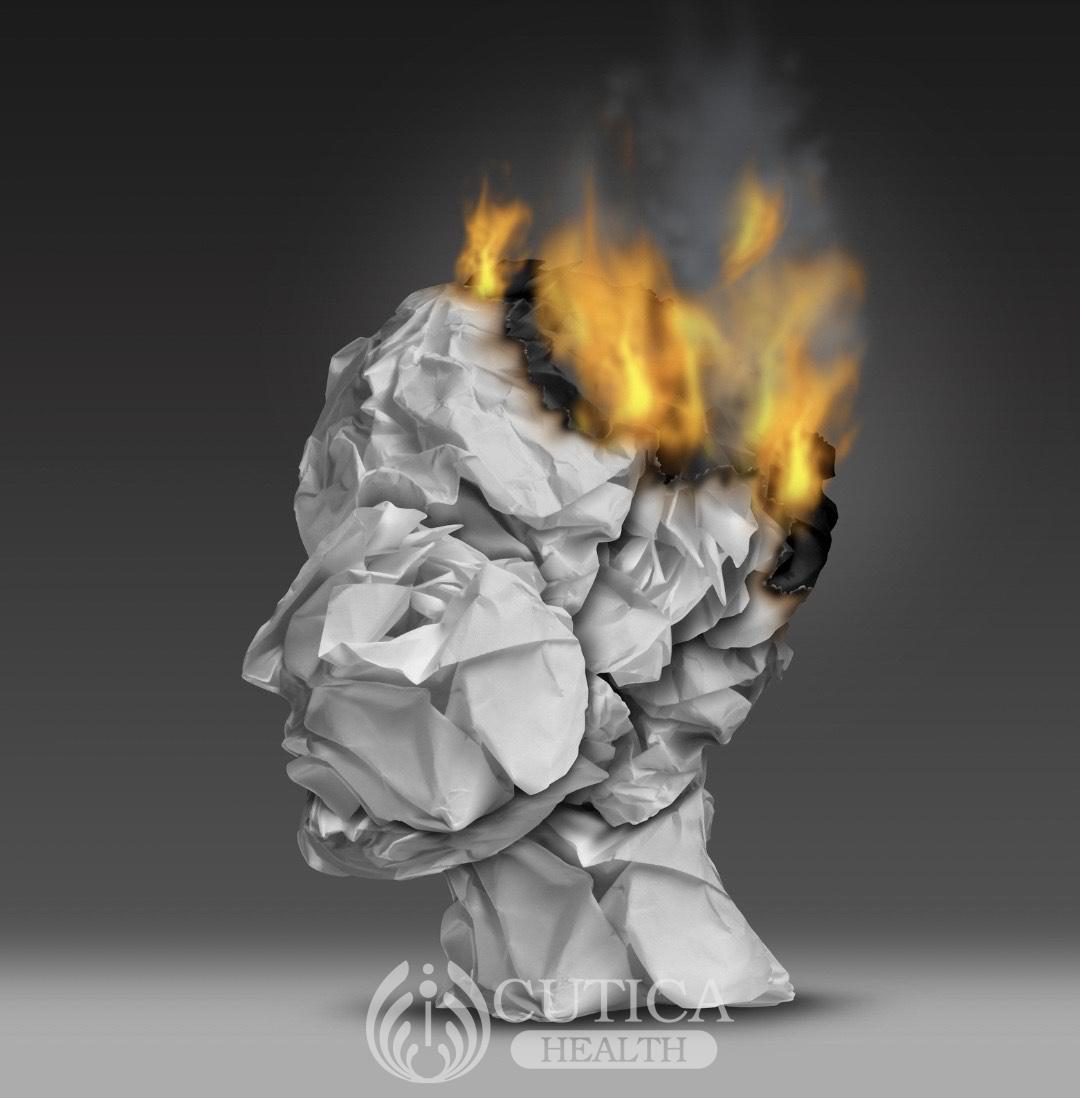
Headache is literally the commonest symptom everyone has had to meet a doctor for at one time in their lives. Headaches could be mild to severe and often annoyingly painful as they disrupt our daily activities and distract routine or thought processes. Headaches are characterized by throbbing pain and can be caused by many factors, including stress, dehydration, menstruation cycle, and an illness. A lot of times, it fizzles out without any treatment; but there is a kind of headache that does not give in so easily.
What is Migraine?
Migraine is a throbbing headache that comes in episodes, typically affecting one side of the head, presenting with other symptoms such as nausea, vomiting, sensitivity to light, and difficulty concentrating.

The pain felt by migraine is subjective, as it differs across individuals and symptoms may change in reoccurring events in an individual. However, the character of the pain has been described to be throbbing, pounding, pulsating, and unbearable. Migraine usually affects the forehead area, most commonly one-sided on the head but it can shift pain or affect both sides of the head. Migraines last between 4 to 72hours if not treated.
What Causes Migraines?
The cause of migraine is really not known, but it is triggered by a number of factors, including changing weather, dietary changes, obesity, sensory triggers such as noise or bright light, sleep deprivation or excessive sleeping, medication, and emotional stress. Research has shown that women are more predisposed to migraines than men because of fluctuation in hormonal levels. Genetics also comes to play as a risk factor for frequent migraines as family history is most likely to repeat itself in generations.

There are several types of migraine; the most common are the migraine with aura and without aura. Aura is simply warning signs or sensations, such as abdominal pain or visual disturbances, that come before headaches associated with migraines.
Symptoms of Migraine
Migraine presents with numerous symptoms, mainly:
Sensitivity to light and sound
Nausea and vomiting
Speech difficulty
Difficulty thinking or concentrating
Tingling or numbness
Muscle fatigue
Blurring vision
In cases of migraine with aura, you may experience some of these symptoms before the headache starts.
Manage Migraine Or See A Doctor?
For a lot of people, a slight throbbing in the head could be the event of certain actions like an overwhelming work activity or not drinking enough water. The pain can be relieved by resting or using over-the-counter medications. However, when headaches become too frequent and severe, it may be more than just a lousy headache. Do not self-medicate in case of frequent reoccurrence as it will render pain killers ineffective over a prolonged use causing painful headache rebounds.

See a doctor immediately if you are experiencing slurred speeches or blurry vision, as it might be a stroke.












